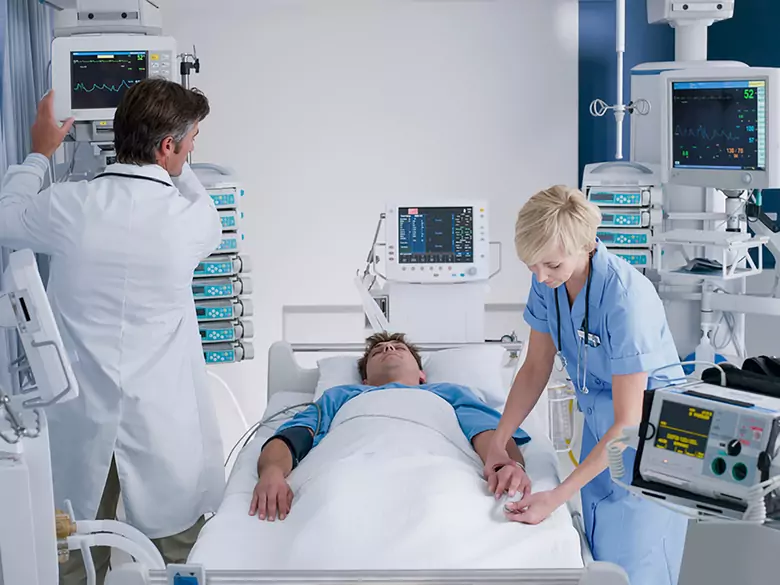Third part of an article discussing various urinary tract examinations and the basic principles of interpreting the results of these examinations. The most important imaging examinations such as medical US, urography, cystography, computed tomography and scintigraphy are discussed. In addition, the principles of renal biopsy are presented.
UROGRAPHY
The examination involves the administration of contrast intravenously via a venflon. The contrast passes through the blood route into the kidney vessels, then accumulates in the kidney parenchyma, is filtered into the urine and through this route is excreted first into the renal pelvis through the ureters into the bladder and out through the urethra, which is visible in the X-ray image.
Consequently, we can determine a great deal of relevant information regarding the image and function of the urinary system. The main indications for this examination are: diagnosis of urinary tract abnormalities, assessment after a surgical procedure or suspicion of urinary tract stones.
Smaller children do not require special preparation; fasting is sufficient. In the case of large faecal masses, especially in older children, it may be necessary to administer a laxative and a liquid diet on the day before the examination. On the day of the examination, the first so-called "overview" photograph is taken to assess the patient's preparation for the examination (presence of faecal masses and gases) and the presence of stones, for example (see above).
If there are no technical contraindications, intravenous contrast is administered to the patient lying on the X-ray table and further images are taken at intervals of several minutes. If necessary, delayed images after several hours are also taken after consultation with the radiologist.
Contraindications to the examination include dehydration, hyperthyroidism, advanced renal failure and a severe allergic reaction after a previous contrast administration.
COPMUTER TOMOGRAPHY
The examination is also a form of X-ray, but allows a more accurate assessment of the structure and function of the urinary system . Also similar to urography, contrast is administered to the examination.









